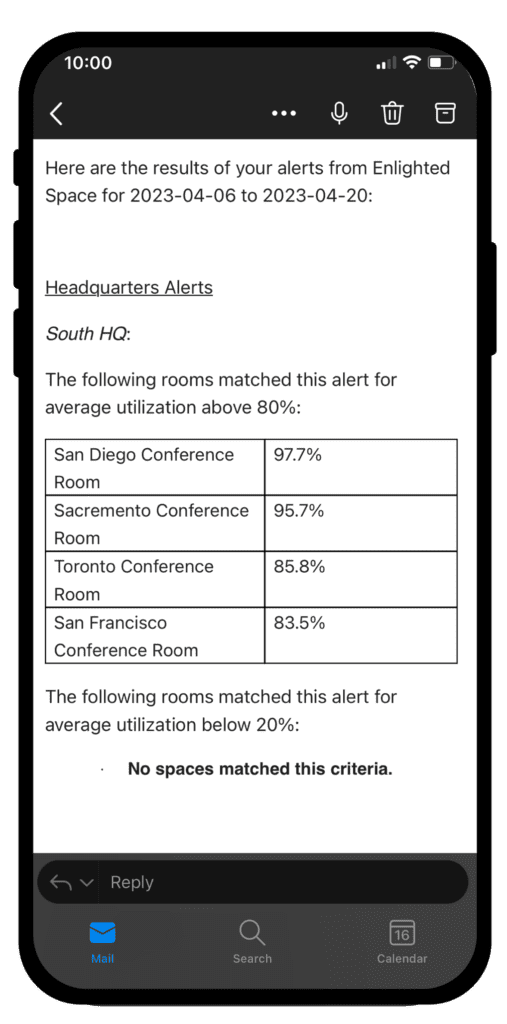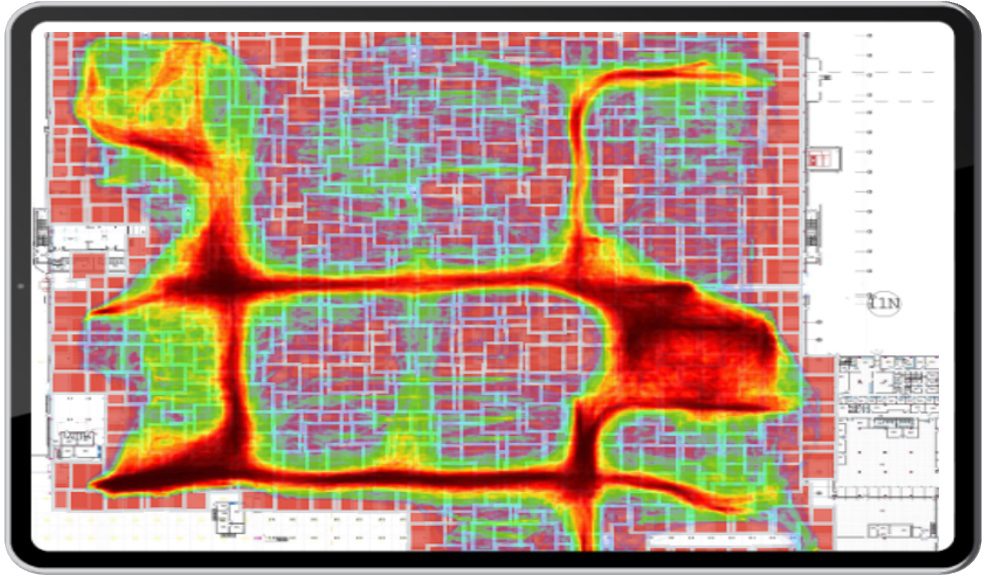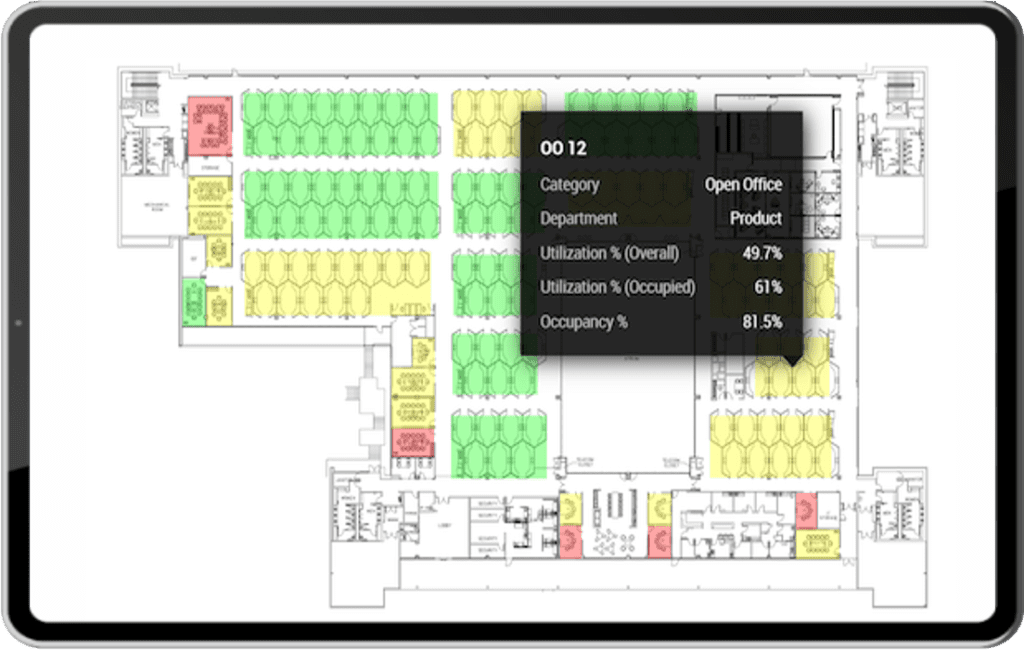
Dodge Four Real Estate Missteps with Smart Building Occupancy Insights
A guide for real estate and facilities leaders to make strategic decisions driven by IoT technology in order to reduce operating costs and utilize space.
In the dynamic field of building space management, leaders in real estate and facilities oversee a multitude of equally pressing responsibilities – optimizing space use, reducing costs, and creating frictionless operating environments. Amidst the many space decisions to make, avoiding common pitfalls can make all the difference in meeting yearly goals for real estate efficiency. This discussion delves into four common missteps we see – offering insights to guide informed and strategic real estate decisions driven by IoT.
1. Unintended Space Use
The modern commercial building is a dynamic ecosystem with occupants utilizing different areas for various purposes. However, it’s not uncommon for individuals to misuse spaces, like turning meeting rooms into makeshift offices or personal meeting spots. For instance, you might find a solitary worker using an 8-person conference room for their meetings. This kind of inefficiency can result in wasted resources and compromised functionality.
To counteract this, proactive intervention is key. Smart Building IoT Occupancy Insight solutions can provide remote monitoring and analytics for all spaces across your real estate portfolio. Particularly for spaces prone to misuse, such as conference rooms, Occupancy Insights can be a game-changer. By collecting data, visualizing it in reporting tools and setting up alerts based on utilization thresholds, you can swiftly address spaces that are underutilized, overutilized, or being used in unintended ways. Imagine receiving an email alert notifying you when a high-capacity conference room is consistently being used by a single person – that’s the power of IoT-driven intervention.

2. Measuring Reservable Space Performance Only
With the rise of hybrid work models, organizations have adopted reservation apps to manage workspaces effectively. These apps provide valuable data on the utilization of reservable spaces like desks and conference rooms. However, relying solely on this data can lead to a skewed understanding of your space performance, especially when dealing with multifunctional areas like labs, collaboration zones, and event spaces.
To gain a comprehensive perspective, it’s crucial to embrace a broader approach. Occupancy Insights can help you analyze the movement and interaction of people within both desk clusters and shared collaboration spaces. This data offers insights into how people move through space, whether they engage in conversations, and how they arrange themselves – supplementing reservation data and providing a holistic view of space dynamics.

3. Using Simple Occupancy Data for Complex Real Estate Decisions
While occupancy data is a valuable asset for making real estate decisions, it’s important to remember that occupancy alone doesn’t reveal the complete picture of occupant behavior. Fluctuating occupancy requires a deeper understanding of how spaces are used, and this is where utilization and activity data comes into play. Utilization not only tells you how often a space is used but also provides insights into its used capacity indicating preferences and popularity.
The true power lies in combining occupancy and utilization data. This can be achieved through Occupancy Insights that integrate occupancy and utilization with other operational data like people counting, energy consumption, and air quality. This comprehensive approach not only uncovers opportunities for cost savings but also contributes to energy efficiency and overall occupant well-being.

4. Addressing Space Requests with Stale Data
As organizations evolve, ad hoc space requests become a norm for facilities teams. However, addressing these requests without understanding the existing space usage can lead to inefficiencies. This is particularly prevalent in organizations lacking IoT technology for continuous space monitoring.
Occupancy Insights offer a solution for gauging space requirements and validating proposed changes. These solutions provide real-time data on space usage and performance, enabling informed decision-making through dashboards and reports– no need for manually observing occupant behavior in space. Proactive tools like alerting and workflow automation further enhance the process. For instance, if an area consistently operates above 90% utilization on in-office days, it validates the need for that space and could indicate a need for more space for that specific team or department.
Be Thoughtful
Navigating the realm of real estate decisions in today’s rapidly changing workplace landscape requires a thoughtful and data-driven approach. By avoiding these common mistakes leaders and facilities teams can create workspaces that are not only efficient but also conducive to collaboration, productivity, and well-being. In the ever-evolving world of real estate management, informed decisions lead to optimized spaces and thriving organizations. Learn more about how Enlighted offers valuable occupancy insights at https://www.enlightedinc.com/occupancy-metrics-real-estate-optimization/.
The brightest way to operate, orchestrate, and optimize everyday spaces.


